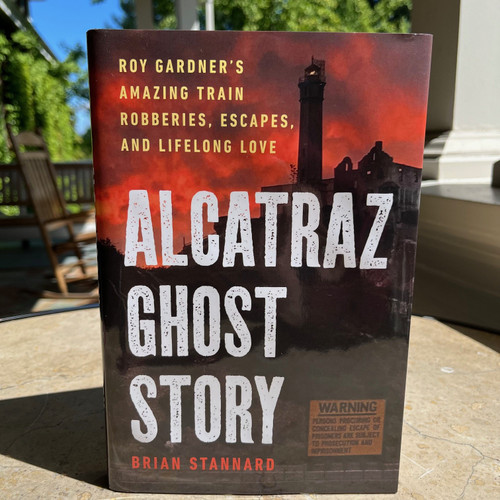Olympic Club was labeled ‘Railroad Hotel’ in 1921 when notorious train robber Roy Gardner was captured upstairs in one of the hotel rooms. He had escaped from federal guards just days earlier. Gardner cloaked his familiar face in bandages and made up a story that he had been burned in a chemical explosion before checking into the Olympic Club Hotel. Upon capture Gardner was manacled and escorted under armed guard to the McNeil Island federal prison, where he promptly escaped again.... Eventually Gardner was incarcerated at Alcatraz. Roy Gardner’s 1937 account of his incarceration at Alcatraz. “Nobody who hasn’t spent time on Alcatraz, can imagine--despite all the vivid, dramatic stories written about it--just what a hell it is. The men confined there are, to all intents and purposes, buried alive.... I got off Alcatraz. I was lucky.” Olympic Club Hotel has 9 artwork pieces of Roy Gardner throughout the hotel in homage to the notorious train robber.
Before the 1920s found their roar, a charismatic gambling addict named Roy Gardner dominated news headlines with daring train robberies and escapes from incarceration. Nicknamed "the Smiling Bandit," Gardner spilled no blood––except his own––as he cut a felonious path across the western United States, as the country hobbled through a recession in the aftermath of the First World War. Once imprisoned for the long term in federal prisons, including Alcatraz, the most notorious prison's second-most-notorious inmate won over some unlikely champions. Both Gardner's wife, Dollie, and a police officer who once arrested him launched extensive campaigns for Gardner's release on the vaudeville circuit, claiming a brain operation would cure his lawless ways. Was Gardner a good man who made bad decisions as the victim of injury and circumstance? Or was his charming personality merely the poker face of a scoundrel? Alcatraz Ghost Story explores the life of Roy Gardner in the context of his great love story and the larger backdrop of drug addiction, incarceration, and the racial and labor violence of the 1920s and 1930s.
- Hardcover
- Limit 2 per order






